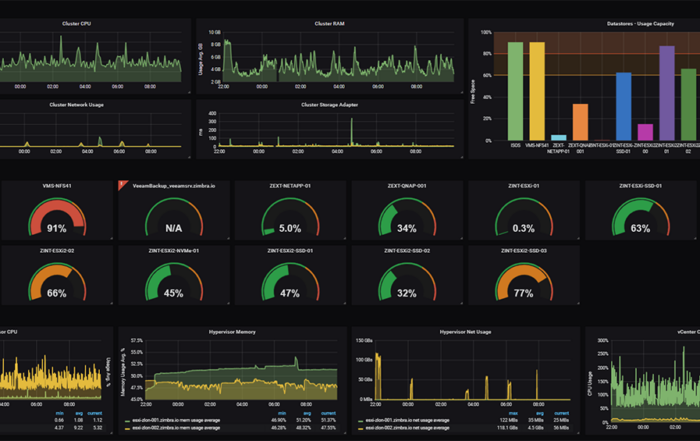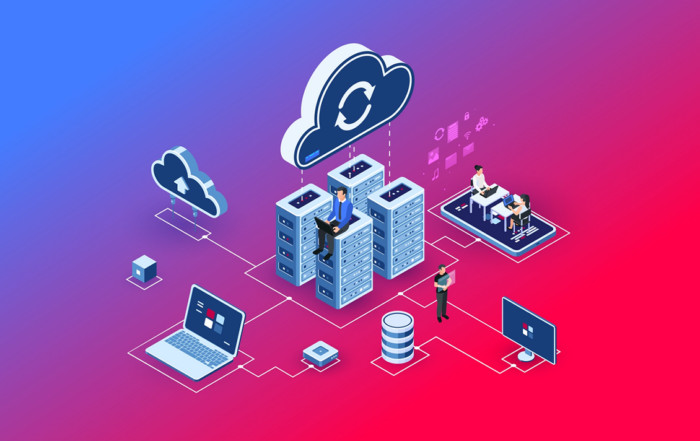
Cloud-native development has become the modern gold standard for building applications in today’s fast-paced, ever-evolving digital landscape. It’s no longer about merely running applications in the cloud but designing them specifically for cloud environments from the outset. In this blog post, we will delve into actionable tips for cloud-native application development and why it should be top-of-mind for every developer.
1. Understand the Cloud-native Philosophy
Before diving deep into development, it’s paramount to grasp what “cloud-native” means. Cloud-native applications are specifically designed to run in the cloud. They are built using services and infrastructure provided by cloud platforms and are designed to scale out, be resilient, and offer agility. The primary objective is to embrace the cloud’s capabilities fully and harness its potential.
2. Embrace Microservices Architecture
Monolithic applications can be cumbersome and difficult to scale or change. This is where microservices come in.
A microservices architecture involves breaking down your application into small, autonomous services that run as independent processes. This ensures that each service can be developed, deployed, and scaled independently. This architectural style improves agility, scalability, and resilience. Plus, it facilitates continuous delivery and integration.
3. Prioritize Stateless Applications
Stateless applications don’t maintain session information between requests. By ensuring your applications are stateless, you enable easy scaling since any request can be processed by any instance of your application. Store state externally, perhaps in a cloud database or cache like Redis.
4. Dive Deep with Containers
Containers, like Docker, package applications and their dependencies into a single, executable unit. This ensures that the application behaves consistently across various environments. Kubernetes can then be employed to orchestrate these containers, handling tasks like load balancing, scaling, and recovery.
5. Continuous Integration & Continuous Deployment (CI/CD)
In a cloud-native world, agility is king. CI/CD pipelines allow developers to frequently integrate code changes, ensuring software is always deployable. This accelerates feature delivery and helps maintain high software quality.
6. Implement Centralized Logging and Monitoring
Cloud-native applications are often distributed, making traditional logging and monitoring techniques inefficient. Use tools like Prometheus for monitoring and Elasticsearch, Logstash, and Kibana (ELK stack) for logging to centralize and analyze your application’s performance and troubleshoot issues effectively.
7. Leverage Cloud-native APIs
Most cloud providers offer a plethora of services – from AI to storage. When developing, prefer these managed solutions as they’re optimized for performance, scalability, and resilience. It’s less about reinventing the wheel and more about utilizing built-in solutions.
8. Prioritize Security
Just because it’s in the cloud doesn’t mean it’s secure by default. Employ best practices like encrypting data at rest and in transit, regularly reviewing permissions, and using Identity and Access Management (IAM) solutions. Remember, security is a continuous process, not a one-off task.
9. Develop with Scalability in Mind
The beauty of the cloud is its ability to scale, but only if your application is designed for it. Ensure your services are loosely coupled, utilize auto-scaling groups, and offload static content to Content Delivery Networks (CDNs).
10. Fail Gracefully
Failures are inevitable. What’s essential is how your application responds. Build redundancy into your system, implement circuit breakers to prevent system overloads, and always have a rollback strategy.
11. Optimize for Cost
The cloud offers flexibility, but without proper oversight, costs can spiral. Regularly review resource usage, and turn off unused instances. Embrace serverless architectures like AWS Lambda or Azure Functions, where you only pay for what you use.
Conclusion
Cloud-native development is a journey, not a destination. The cloud’s ever-evolving nature ensures that there’s always something new on the horizon. By internalizing these principles and embracing a culture of continuous learning, developers can position themselves at the forefront of technology and deliver exceptional value in the cloud-native landscape.
Remember, it’s not just about technology but a shift in mindset. Embrace the cloud, not as a mere hosting platform, but as a partner in your development journey. Happy coding!





